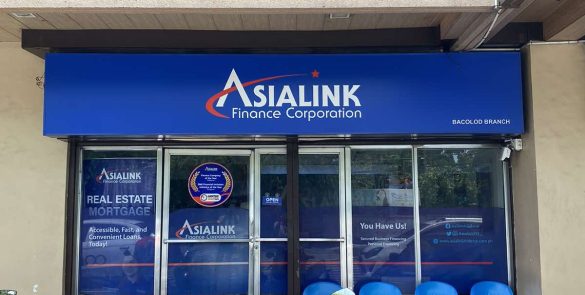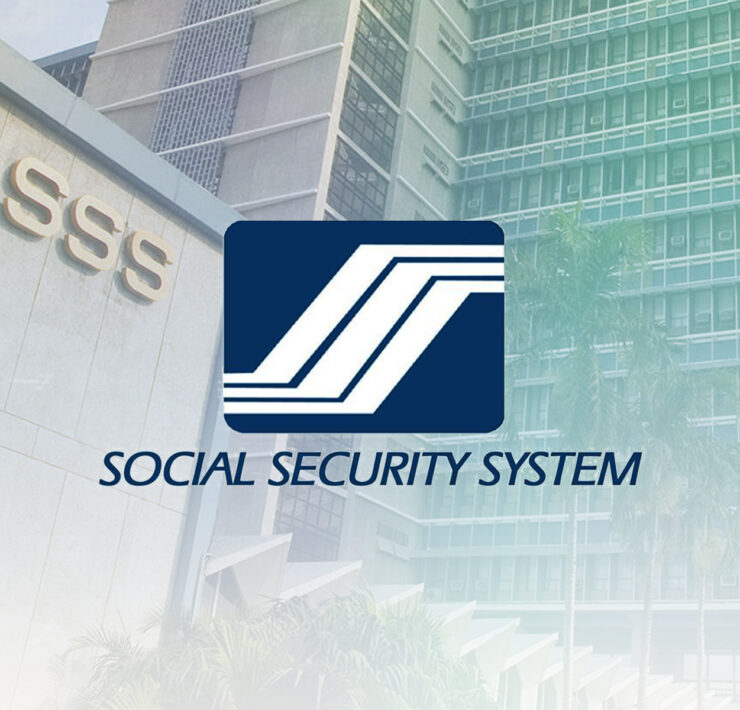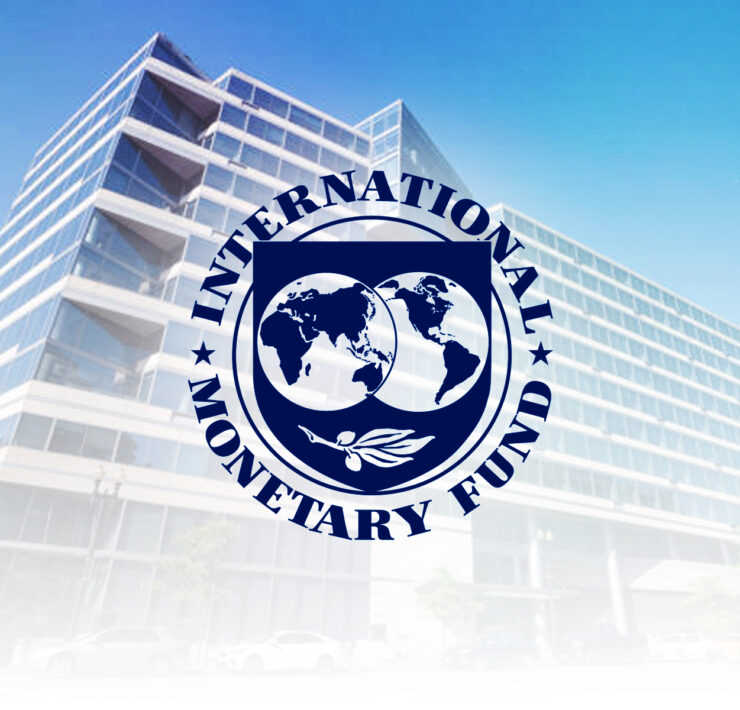Asialink secures $75-M loan from Standard Chartered

Asialink Finance Corp., a lender to micro, small and medium enterprises (MSMEs), received a $75-million bank loan to ramp up its lending activities, with the company announcing plans to go public earlier than previously announced to raise the share of equity in its financing mix.
The loan facility from Standard Chartered Bank could help Asialink close 2025 with a loan portfolio of about P48.7 billion, Meynard Mendoza, the company’s finance director, told a press conference on Monday.
The facility added to the company’s existing mix of funding partners, which include the International Finance Corp. of the World Bank Group, the Asian Development Bank and Malaysia-based private equity firm Creador.
For his part, Robert Jordan, CEO of Asialink Group of Companies, said the company’s planned initial public offering (IPO) may come earlier than its previously announced timeline of 2028, as the financing firm looks to improve its debt-to-equity ratio.
Asialink currently caps its debt-to-equity ratio at 3.5 times, a level Jordan said could be reached by 2027 given the company’s current growth pace.
“I think with our expansion, we might hit that limit by 2027, by which time we have to explore ways of raising more capital to be able to bring back our debt-to-debt ratio to an acceptable level,” he added.
“So, that’s why we’re looking at that earlier year [for IPO], which is 2027,” he continued.
Lending portfolio
As of the second quarter of 2025, Asialink had a total lending portfolio of P41.9 billion across 159,523 accounts. Nonperforming loans only accounted for 2 percent of the company’s loan book, way below the ratio for the entire local banking sector.
That helped the company generate consolidated revenues of P7.6 billion and a consolidated net income of P1.2 billion.
The company has over 500 branches nationwide and more than 10,000 dealers and consultants.
Moving forward, Jordan said the ongoing easing cycle of the central bank would help MSME borrowers save, enhancing their repayment capacity. He expects two more rate cuts from the central bank, which could bring the benchmark rate to 4.25 percent by 2026.
“So, it’s good for our business in the sense that our borrowing costs will also go down,” he said. “And when combined with our efficiency and productivity moves or strategies, we hope to pass on some of the savings to our MSME customers.”





















